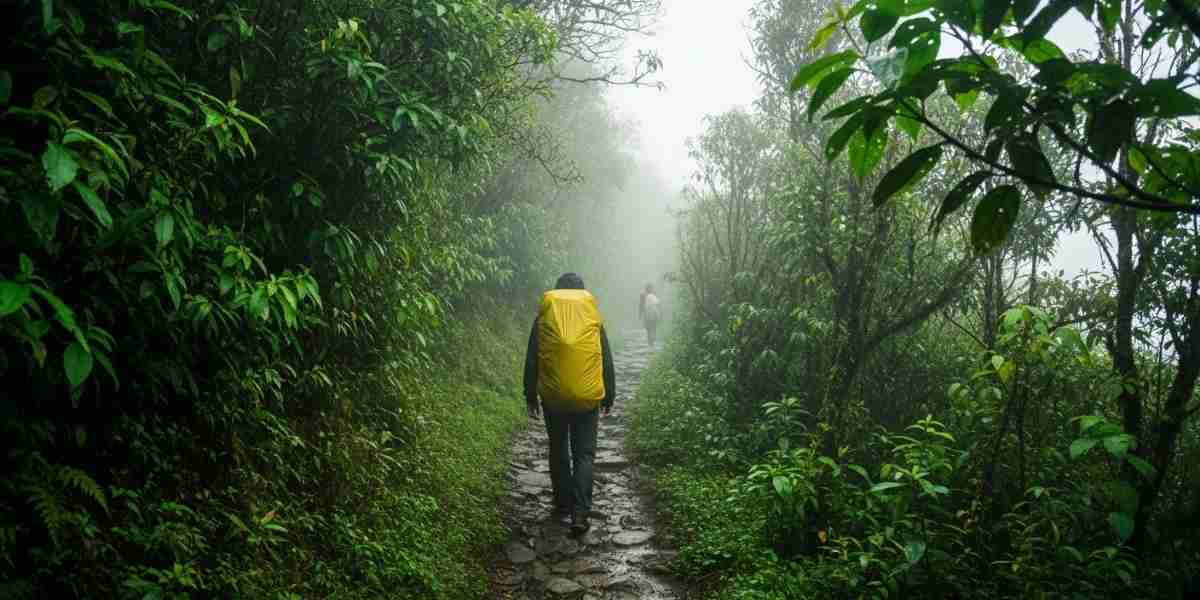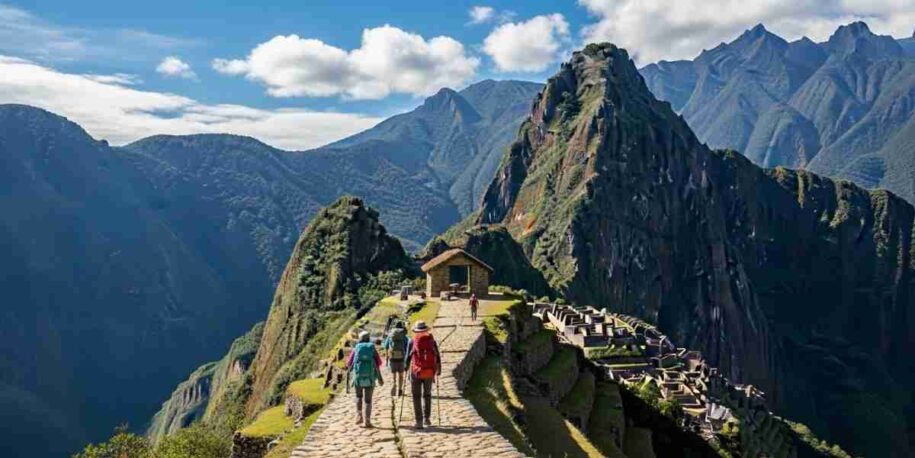The iconic Inca Trail to Machu Picchu is a journey that transcends mere physical challenge; it is a profound immersion into the heart of the Andes and the ancient Incan world. While the trail offers breathtaking vistas and historical insights year-round (with the exception of February’s closure for maintenance), discerning the optimal time to embark on this adventure hinges largely on understanding Peru’s distinct dry and wet seasons.
Peru’s climate in the Andes is primarily divided into two main periods: the dry season and the wet season. Each brings its own unique character to the trail, influencing everything from trail conditions to crowd levels.
The Dry Season: May to September
For many, the dry season represents the quintessential time to hike the Inca Trail. Characterized by clear, sunny days and minimal rainfall, these months offer the most reliable weather conditions, making for excellent trekking and unparalleled photographic opportunities.
Optimal Conditions and Cooler Nights During the dry season, particularly from June to August, hikers can expect consistent blue skies and crisp, clear views of the Andean peaks. Daytime temperatures are generally pleasant for hiking, ranging from 15°C to 20°C (59°F to 68°F). However, due to the high altitude, nights can be quite cold, often dropping to near freezing or even below, especially at higher camps like Warmi Wañusqa (Dead Woman’s Pass). Proper layered clothing and a warm sleeping bag are essential during this period.
Peak Popularity and Early Booking This period coincides with the Northern Hemisphere’s summer holidays, making it the peak tourist season. As a result, the Inca Trail sees its highest volume of hikers, and permits—which are strictly limited—sell out months in advance. To secure your spot during these popular months, it is advisable to book your trek with a licensed tour operator at least six to eight months ahead of your desired dates, and often even earlier for June and July.
The Shoulder Seasons: April and October
For those seeking a balance between favorable weather and fewer crowds, the shoulder seasons of April and October offer a compelling alternative. These months serve as transitional periods between the wet and dry seasons, often delivering a blend of both.
Lush Landscapes and Milder Crowds In April, the landscape is still vibrant and green from the preceding rains, offering a lush backdrop to the ancient ruins. While there’s a higher chance of occasional showers compared to the dry season, the trails are generally well-maintained, and the weather is becoming increasingly stable. Similarly, October provides good hiking conditions as the dry season winds down, with the added benefit of typically warmer nights than the peak dry months. Both April and October see fewer trekkers than the height of summer, making for a more serene experience on the trail and potentially easier permit acquisition.
The Wet Season: November to March
The wet season, from November to March, transforms the Andean landscape into a verdant paradise, but it also brings with it more challenging trekking conditions. The Inca Trail is closed annually in February for maintenance, allowing the trail to recover from the rainy season’s impact.
Challenges and Unique Beauty During these months, rain can be frequent and heavy, leading to muddy and potentially slippery trails. Visibility can be reduced due to mist and cloud cover, especially at higher elevations. However, for the intrepid traveler, the wet season offers a unique perspective: waterfalls are at their most powerful, the flora is in full bloom, and the sites often feel more mystical shrouded in a damp, atmospheric beauty. Crowds are significantly smaller, and permits are generally easier to obtain. Hikers choosing this period must be prepared with full waterproof gear, sturdy hiking boots, and a flexible attitude towards the elements.

Making Your Decision
Ultimately, the best time to hike the Inca Trail is a personal choice, aligning with your priorities:
- For optimal weather and clear views: Target June, July, or August. Be prepared for colder nights and book far in advance.
- For a balance of good weather and fewer crowds: Consider April or October. Enjoy lush scenery and a more intimate experience.
- For a unique, quieter adventure amidst vibrant nature: Embrace the wet season (November, December, January, March), understanding the additional challenges it presents.
Regardless of when you choose to embark on this extraordinary journey, the Inca Trail promises an unforgettable connection with history, nature, and the enduring spirit of the Andes.
Ready to Plan Your Inca Trail Adventure?
Choosing the right time for your Inca Trail trek is the first step toward an unforgettable journey. Our local team based in Cusco is here to offer personalized insights and guide you through every detail, ensuring your experience is seamless and truly authentic.
You can chat with us on WhatsApp for a no-obligation talk about permits, seasonal conditions, and tailor-made itineraries that prioritize your peace of mind and genuine connection with Peru’s rich heritage.

